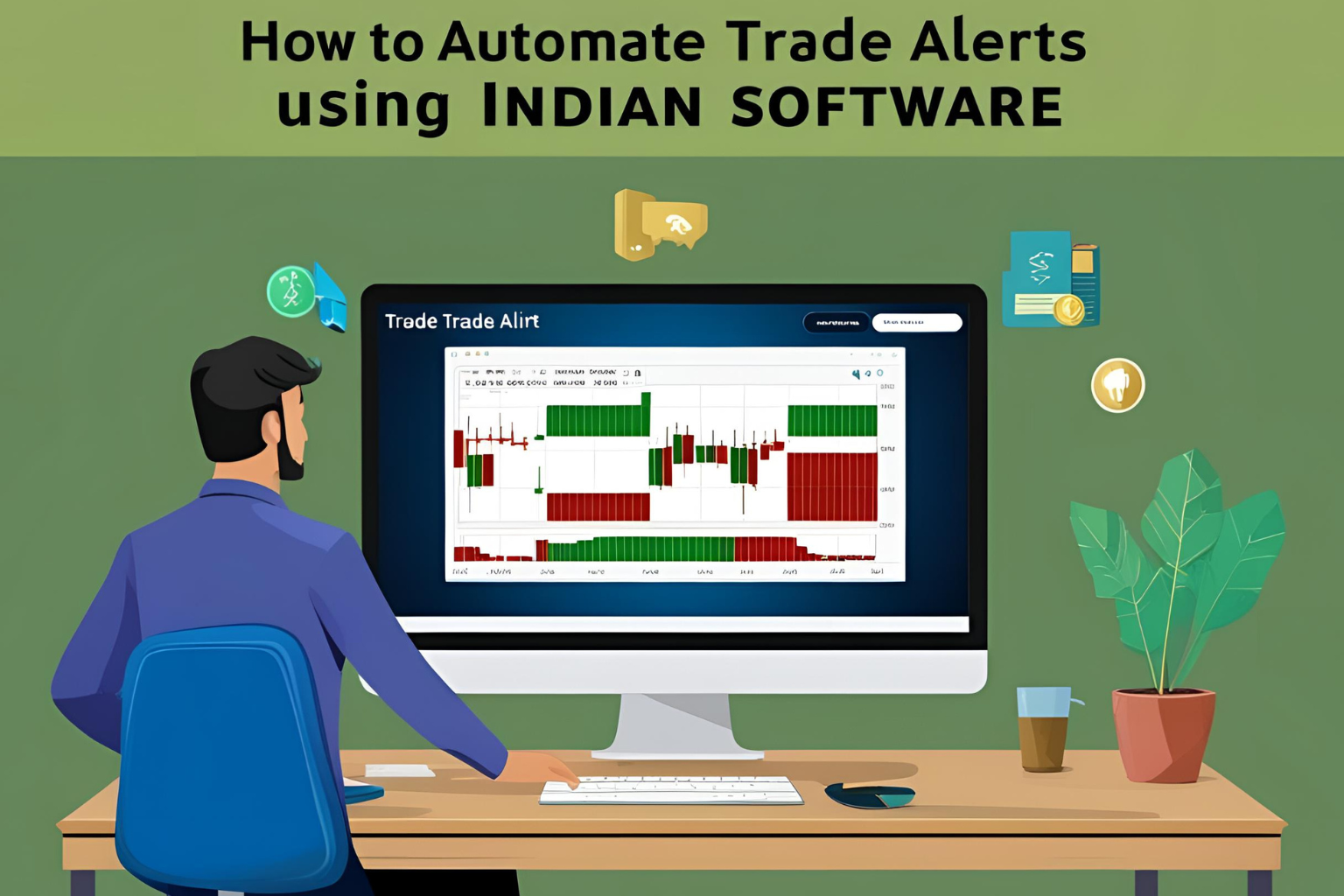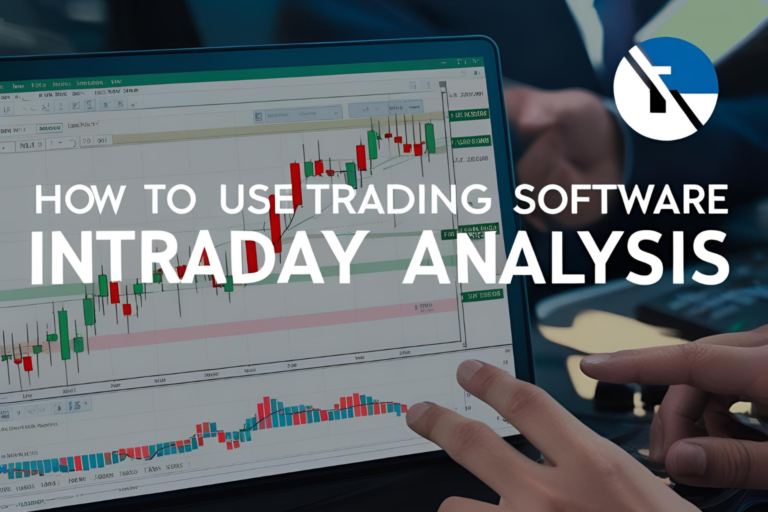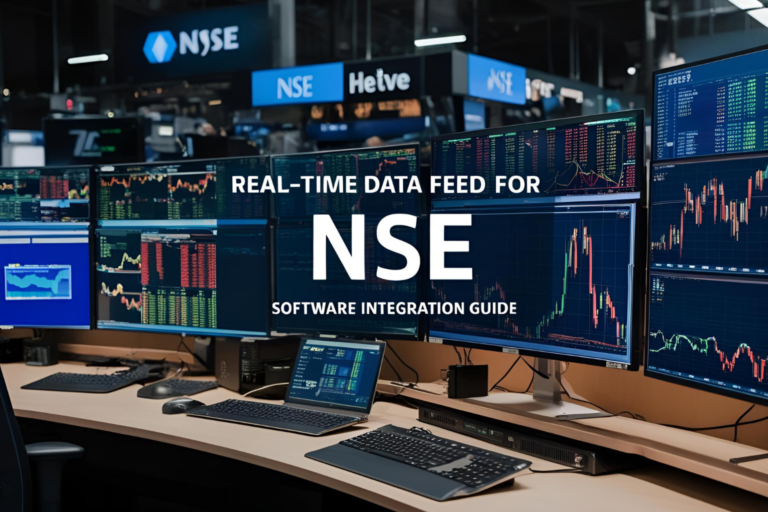How to Automate Trade Alerts Using Indian Software
Automating trade alerts can save time and reduce emotional decision-making in stock trading. Whether you’re a day trader, swing trader, or long-term investor, setting automated alerts using Indian-compatible software can help you spot trade opportunities in real time.
This guide explains how to automate alerts using popular trading software and tools available in India.
Why Automate Trade Alerts?
Manual stock tracking is time-consuming. Automated alerts help you:
- React quickly to price moves or indicator signals
- Avoid missed opportunities
- Stick to your trading strategy without constantly watching charts
Popular Indian Software That Supports Trade Alert Automation
1. TradingView (India Edition)
TradingView offers powerful charting with customizable alerts.
- How to Set Alerts:
- Right-click on a chart element (price, indicator, trendline).
- Select “Add Alert”.
- Choose condition (e.g., price crosses above 200 MA).
- Set notification via popup, sound, email, or app push.
- Pros:
- Works with NSE data (with paid plan).
- Cloud-based and mobile alerts.
- Tip: Use indicator-based alerts like RSI < 30 or MACD crossover.
2. Chartink Screener
Chartink is a web-based screener with auto-scanning alerts.
- How to Set Alerts:
- Create a custom scan using technical/fundamental filters.
- Use “Alert me when stocks match this scan”.
- Set frequency (hourly/daily) and delivery method (email/SMS).
- Pros:
- No coding required.
- Intraday and EOD scan options.
- Limit: Real-time alerts only with premium plan.
3. Amibroker with AFL + Data Feed
Amibroker allows scripting automated alerts via AFL (Amibroker Formula Language).
- How to Set Alerts:
- Write an AFL strategy to define your conditions.
- Use
AlertIf()function in AFL. - Connect a data feed (like GlobalDataFeeds or TrueData).
- Trigger popups, sound alerts, or external apps/scripts.
- Pros:
- Extremely customizable.
- Supports backtesting + automation.
- Limit: Requires paid data feed and AFL knowledge.
4. Fyers One Terminal
- How to Set Alerts:
- Open charts in Fyers One.
- Right-click to set alerts on price or indicators.
- Limitations:
- Basic alert features compared to others.
- No SMS or app notifications yet.
Common Alert Types to Automate
| Alert Type | Example |
|---|---|
| Price Alert | Stock breaks ₹500 |
| Indicator Alert | RSI drops below 30 |
| Moving Average Crossover | 50 MA crosses above 200 MA |
| Volume Surge | Volume 2x average |
| Candlestick Signal | Bullish engulfing formed |
Tips to Use Alerts Effectively
- Avoid alert overload: Set only for key setups.
- Check alert frequency: Avoid spamming by using conditions with filters (e.g., RSI + volume).
- Combine alerts with watchlists: Focus on pre-selected stocks.
- Backtest before automation: Don’t automate unproven strategies.
FAQs
Q1: Can Zerodha Kite send automatic trade alerts?
Kite has limited alert features. Use TradingView connected via Zerodha for better alerts.
Q2: Are automated alerts free on Chartink?
Basic scanning is free, but real-time alerts need a premium subscription.
Q3: Is coding required to automate alerts?
Only Amibroker requires coding. Others like TradingView and Chartink are no-code.
Q4: Can I get alerts on my phone?
Yes. TradingView, Chartink (SMS), and Fyers all offer mobile alert support.
Q5: What’s the best software for intraday alert automation?
TradingView (with paid NSE plan) and Amibroker are most suitable for intraday alerts.





